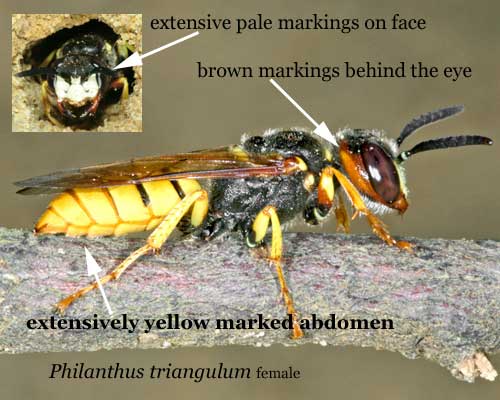The Chrysis ignita group considered in a British context. Part 2
The Chrysis ignita group considered in a British context
Viewing the Species Accounts
This website contains a page for each British and Irish species of bee, wasp and ant. Eventually these pages will include a detailed account for each species, with distribution maps, photos, life history, conservation status and identification tips.
You can find species accounts in three ways
- Browse through the Species Accounts
- Select a species from the A-Z of species
- Type a species name into the search box at the top… Read more
Formica rufa - red or southern wood ant
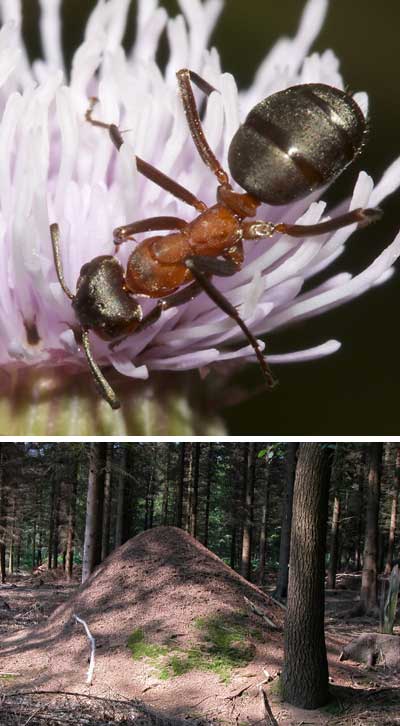 In the south, wood ants nesting in distinctive large mounds of small twigs and other vegetative fragments will be Formica rufa. Wood ants found further north could be F. lugubris or F. aquilonia and these are not easy to separate from F. rufa. To be sure you have F. rufa a record should be from one of the counties south of a line from the Severn to the Wash as listed here: Bedfordshire,… Read more
In the south, wood ants nesting in distinctive large mounds of small twigs and other vegetative fragments will be Formica rufa. Wood ants found further north could be F. lugubris or F. aquilonia and these are not easy to separate from F. rufa. To be sure you have F. rufa a record should be from one of the counties south of a line from the Severn to the Wash as listed here: Bedfordshire,… Read more
Myrmecina graminicola - woodlouse ant
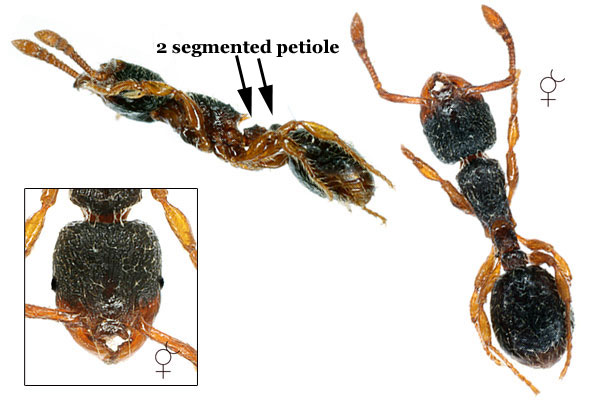 A small slow-moving black ant with pale legs and two-segmented petiole. When disturbed it tends to curl up into a ball.
A small slow-moving black ant with pale legs and two-segmented petiole. When disturbed it tends to curl up into a ball.
Photo (right): Myrmecina graminicola worker by Josef Dvorak
Photo (below) M. graminicola worker by Mike Fox
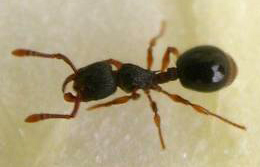
Lasius flavus - yellow meadow ant
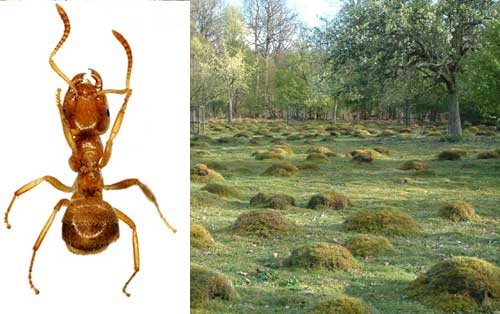 Yellow ants found nesting in large mound nests in grassland or meadows will be Lasius flavus. Yellow ants found elsewhere could be another species of Lasius although chances are high that they too will be L. flavus.
Yellow ants found nesting in large mound nests in grassland or meadows will be Lasius flavus. Yellow ants found elsewhere could be another species of Lasius although chances are high that they too will be L. flavus.
More information about Lasius flavus
Photos: worker Lasius flavus showing its yellow-brown colour (by… Read more
Vespa crabro - hornet
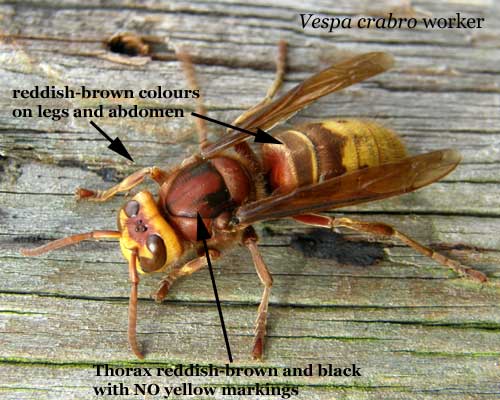
The hornet is Britain's largest wasp species and is predominantly yellow-orange and brown in coloration. It nests in cavities in old trees and in outbuildings. Typical habitat is old mature woodland and wood pasture. The range extends northwards only as far as South Yorkshire. The hornet is generally secretive and docile in habit.
Key features
- Yellow-orange and brown coloration
- Maximum size of queens is around 3cm in length
- Queens emerge from… Read more
Philanthus triangulum - beewolf
The beewolf is one of the largest and most spectacular solitary wasp species in Britain. It nests in sandy places on dunes, heaths and sand-pits, often in large "wasp cities" and preys on honeybees. The wasp was once considered an extreme rarity but has undergone a huge increase in both range and abundance since the late 1980's
Key features
- Bold yellow and black markings
- Trident-like facial markings on the male
- Brownish markings… Read more
Dolichovespula media - median wasp
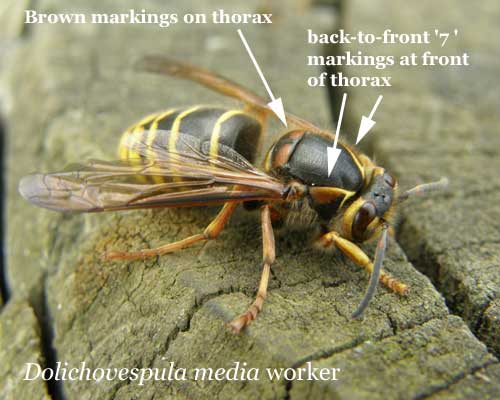 The second largest British social wasp species. D. media was first recorded in 1980 in Sussex, since when it has spread over all of England and Wales, and much of southern Scotland. It has a short life cycle, with nests finishing in August.
The second largest British social wasp species. D. media was first recorded in 1980 in Sussex, since when it has spread over all of England and Wales, and much of southern Scotland. It has a short life cycle, with nests finishing in August.
Nests are aerial and generally exposed, usually hanging from trees or bushes.
Key features
- The workers generally resemble other yellow and black social wasps
- almost… Read more
Hawkins R., Lasioglossum sexstrigatum - New to Britain


